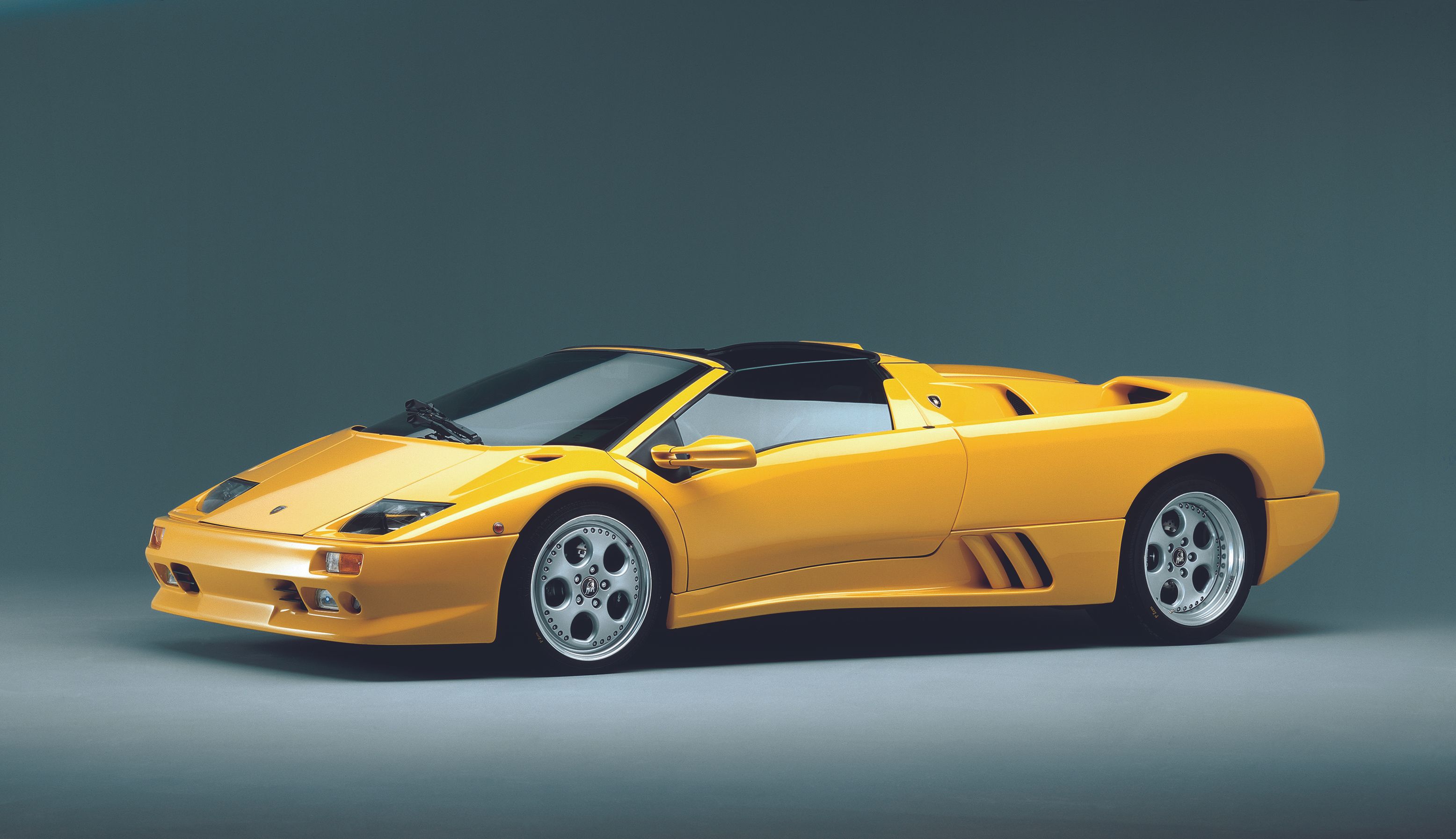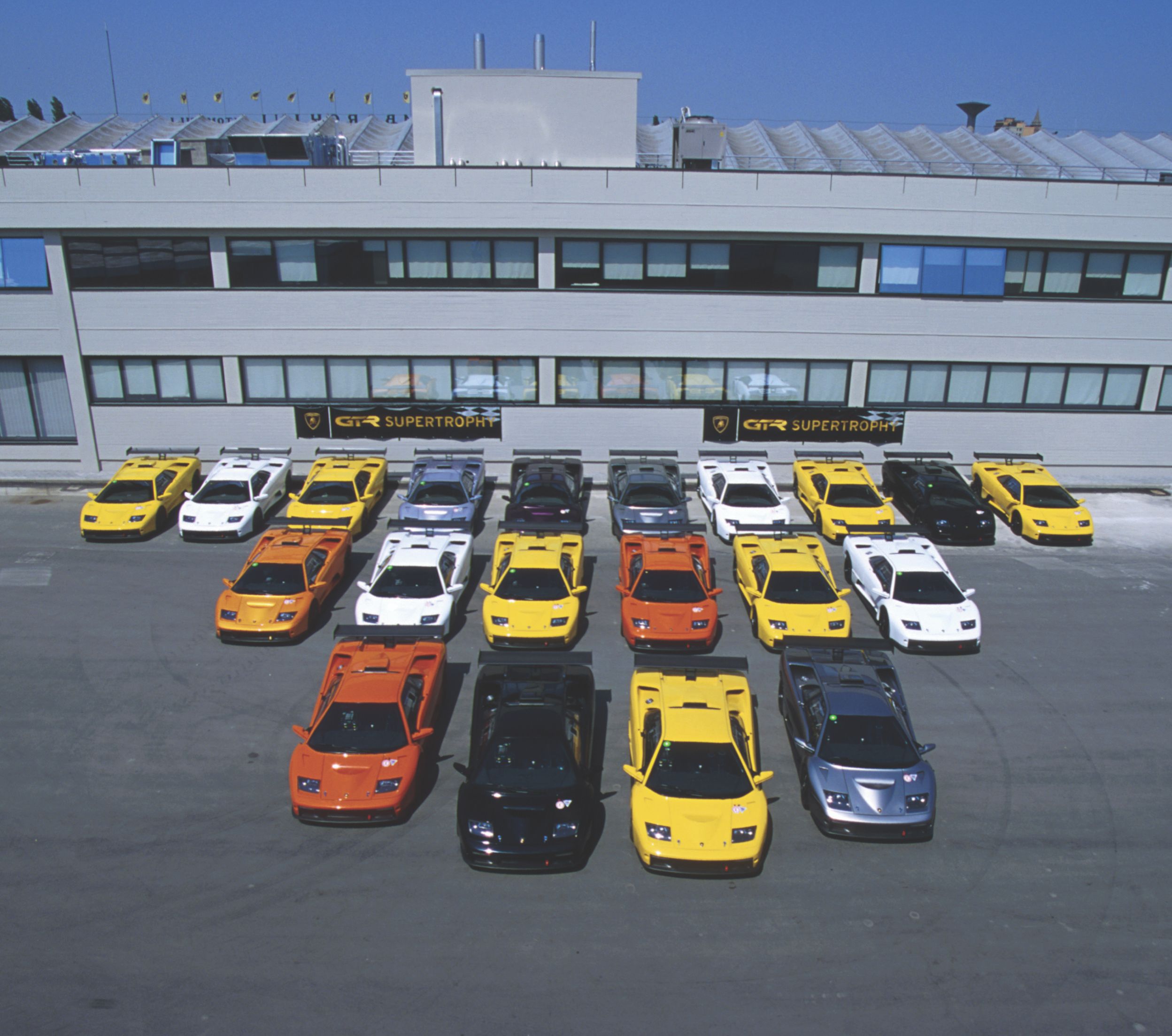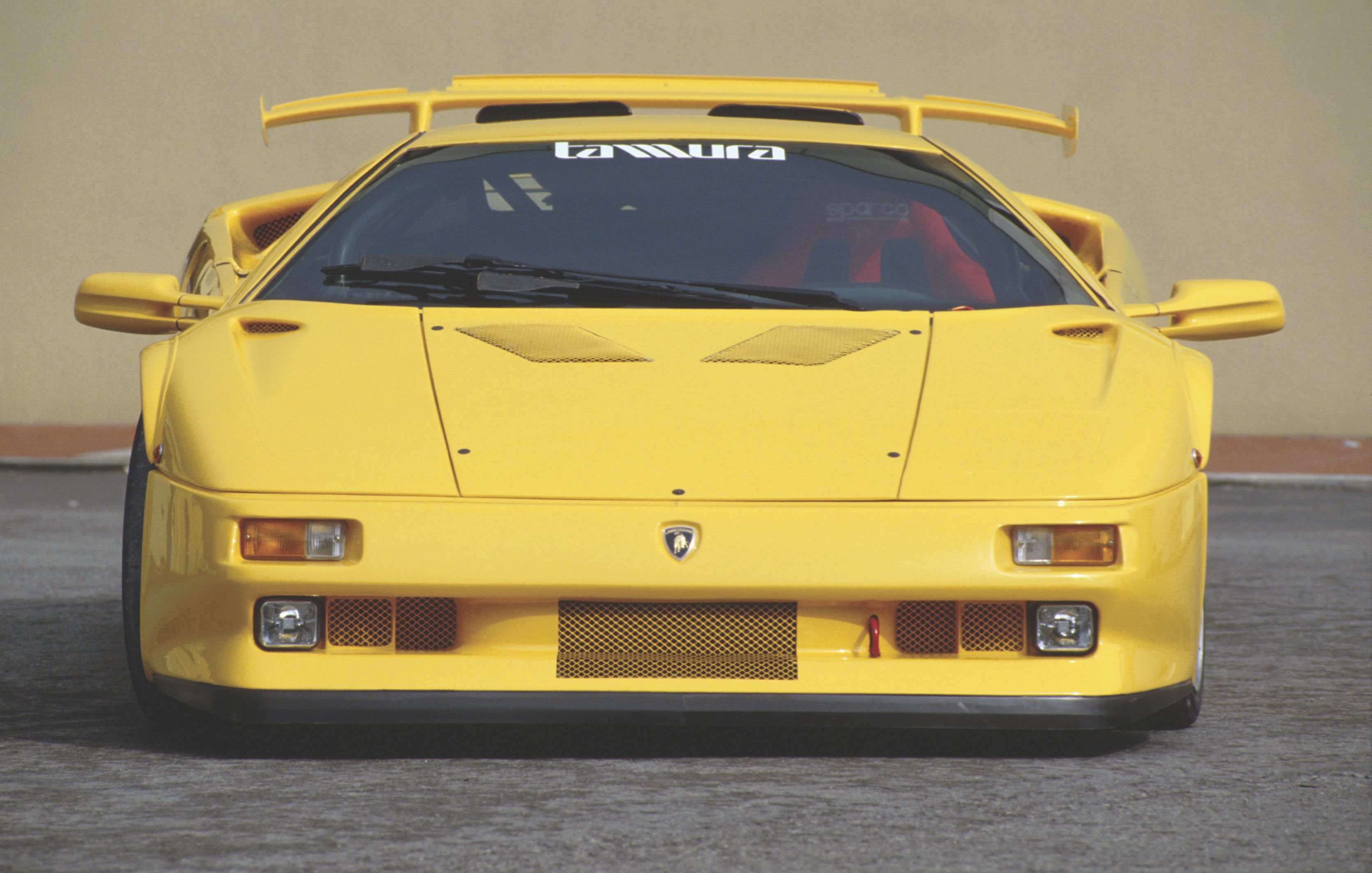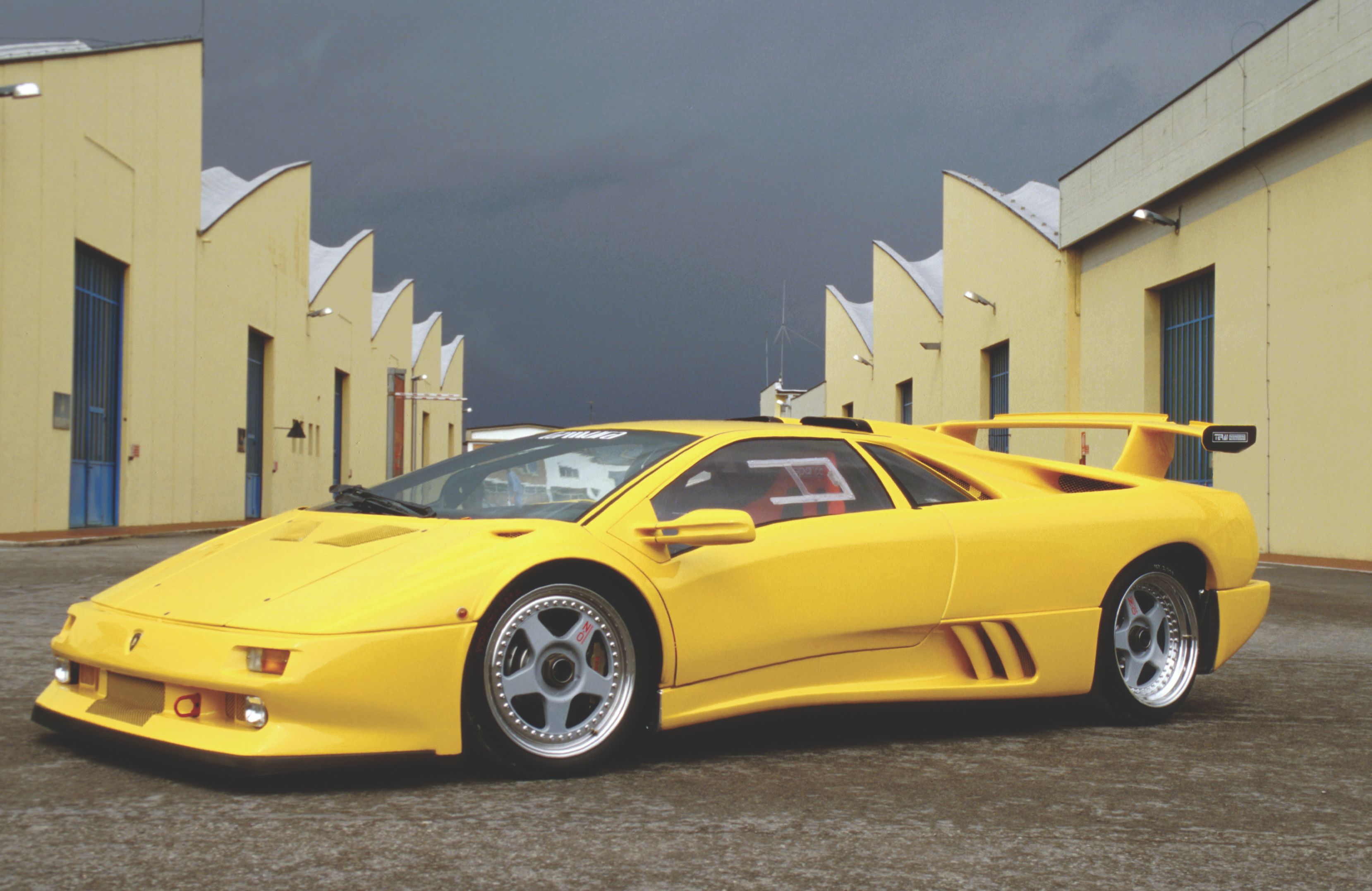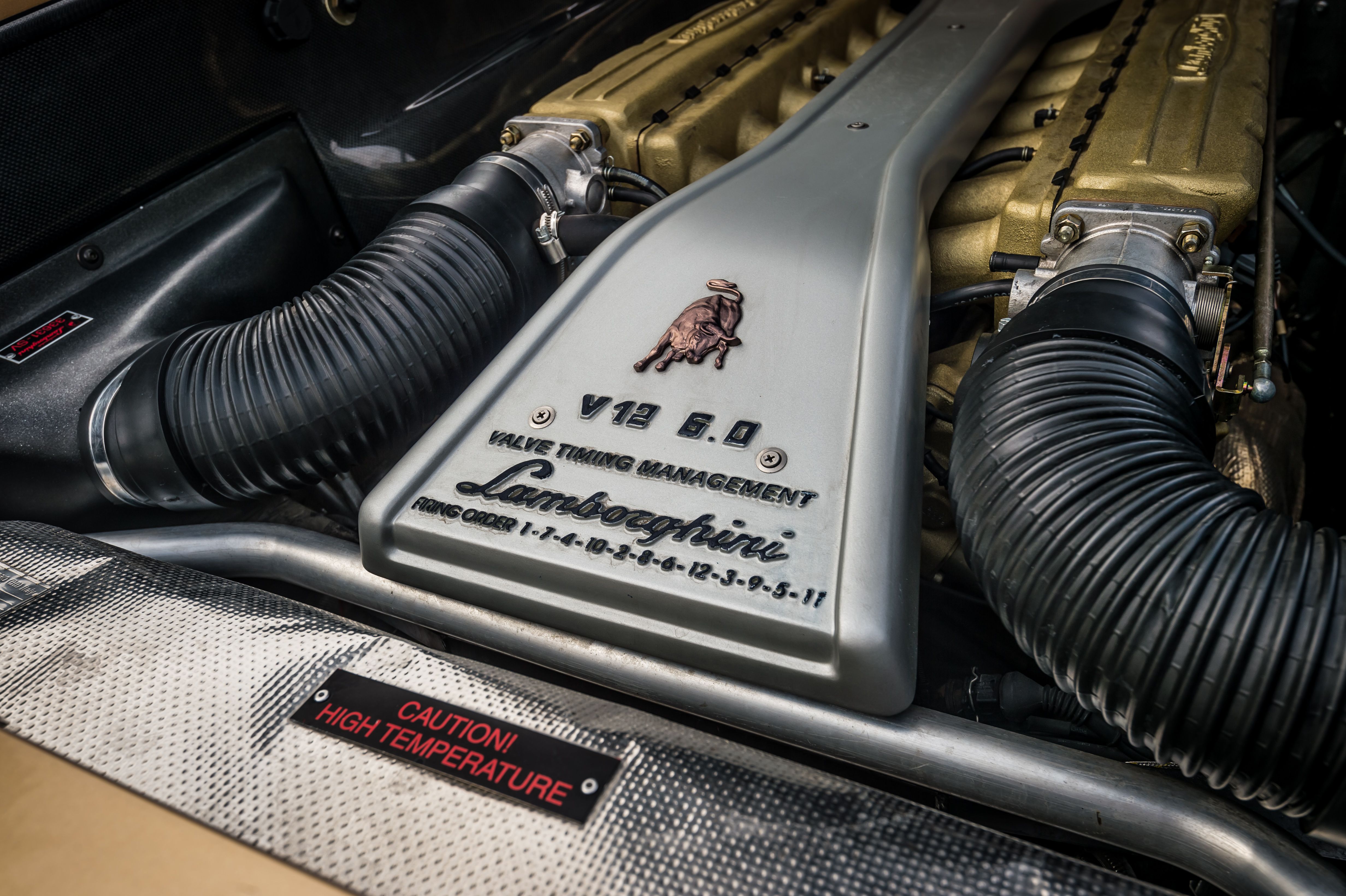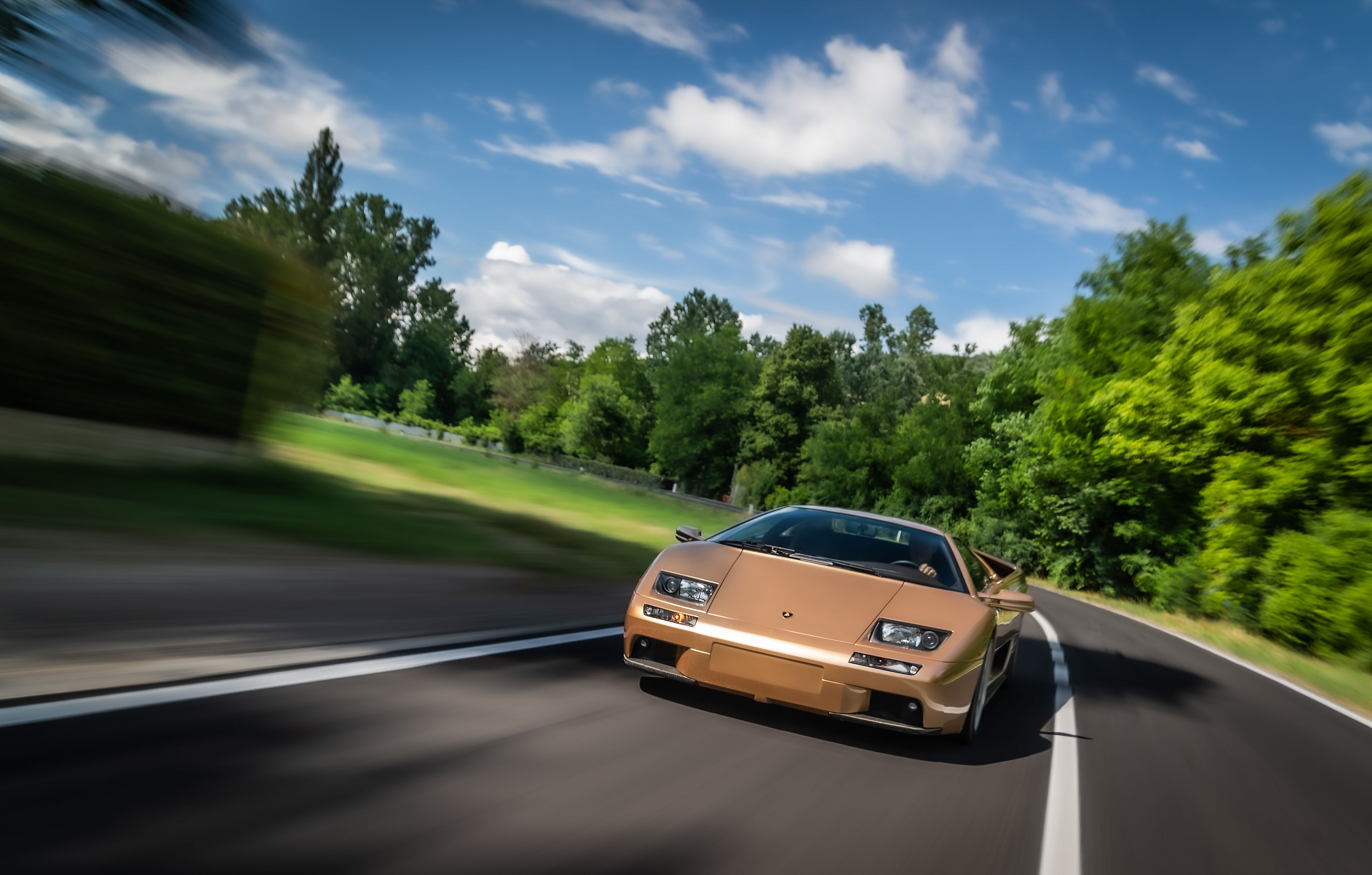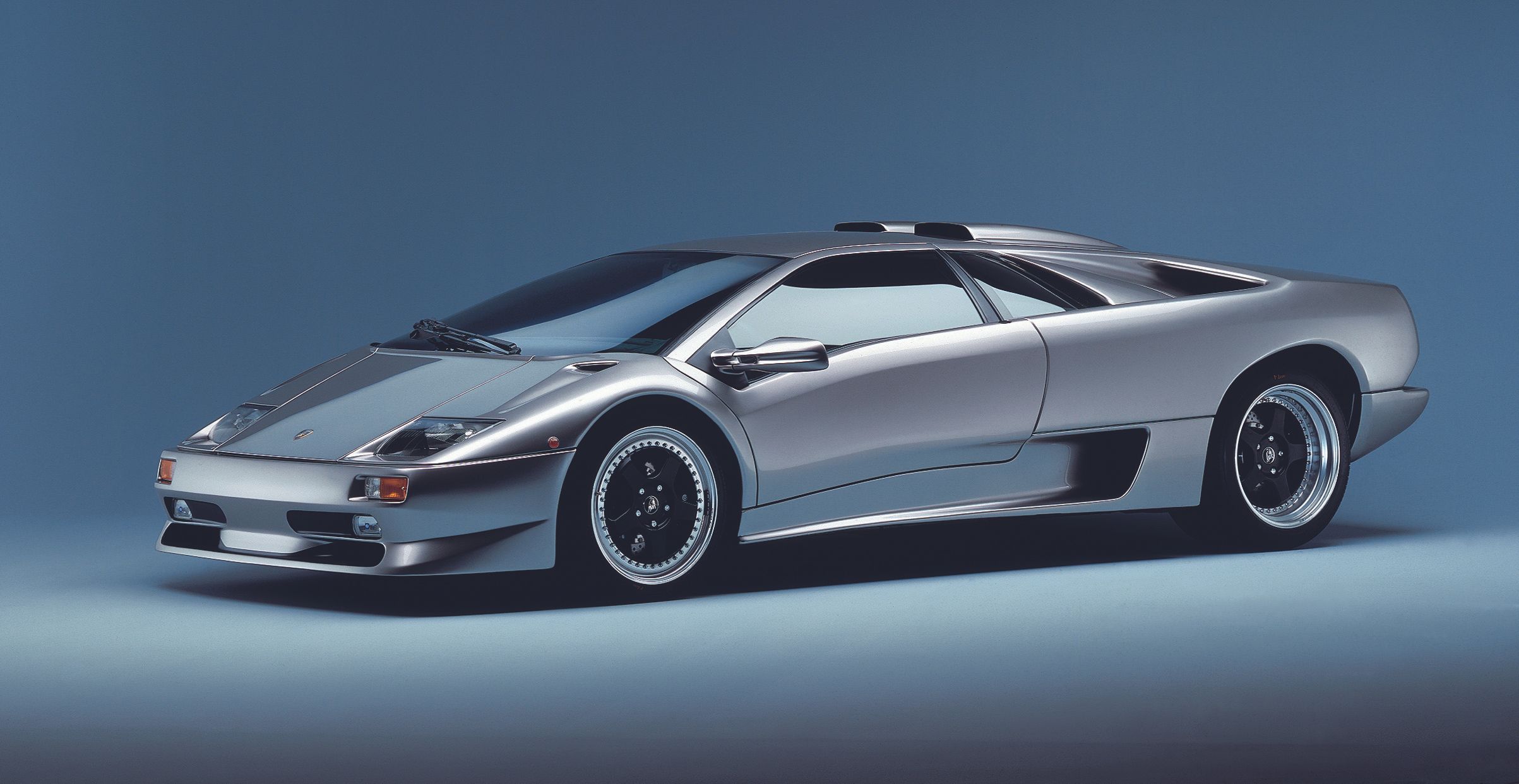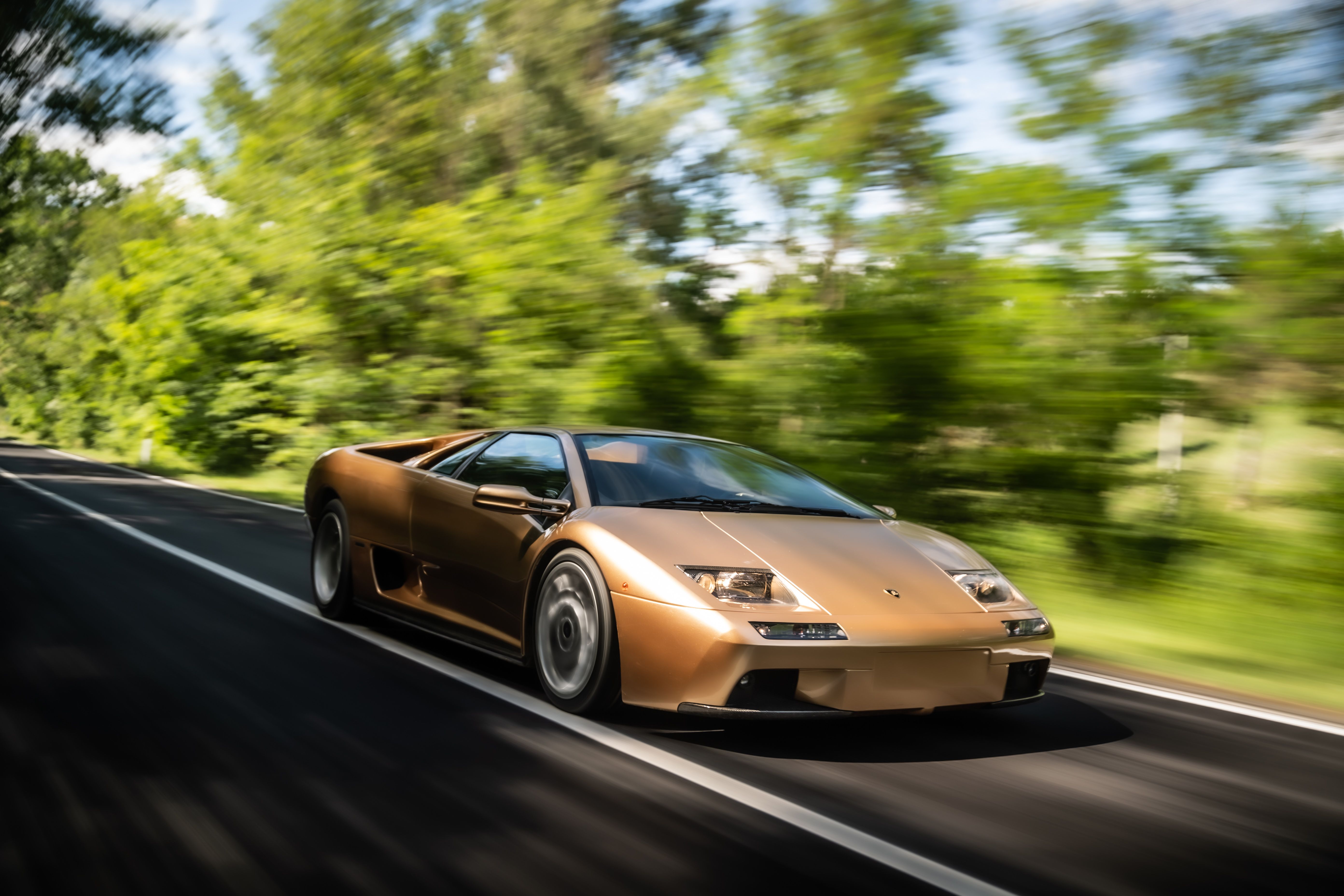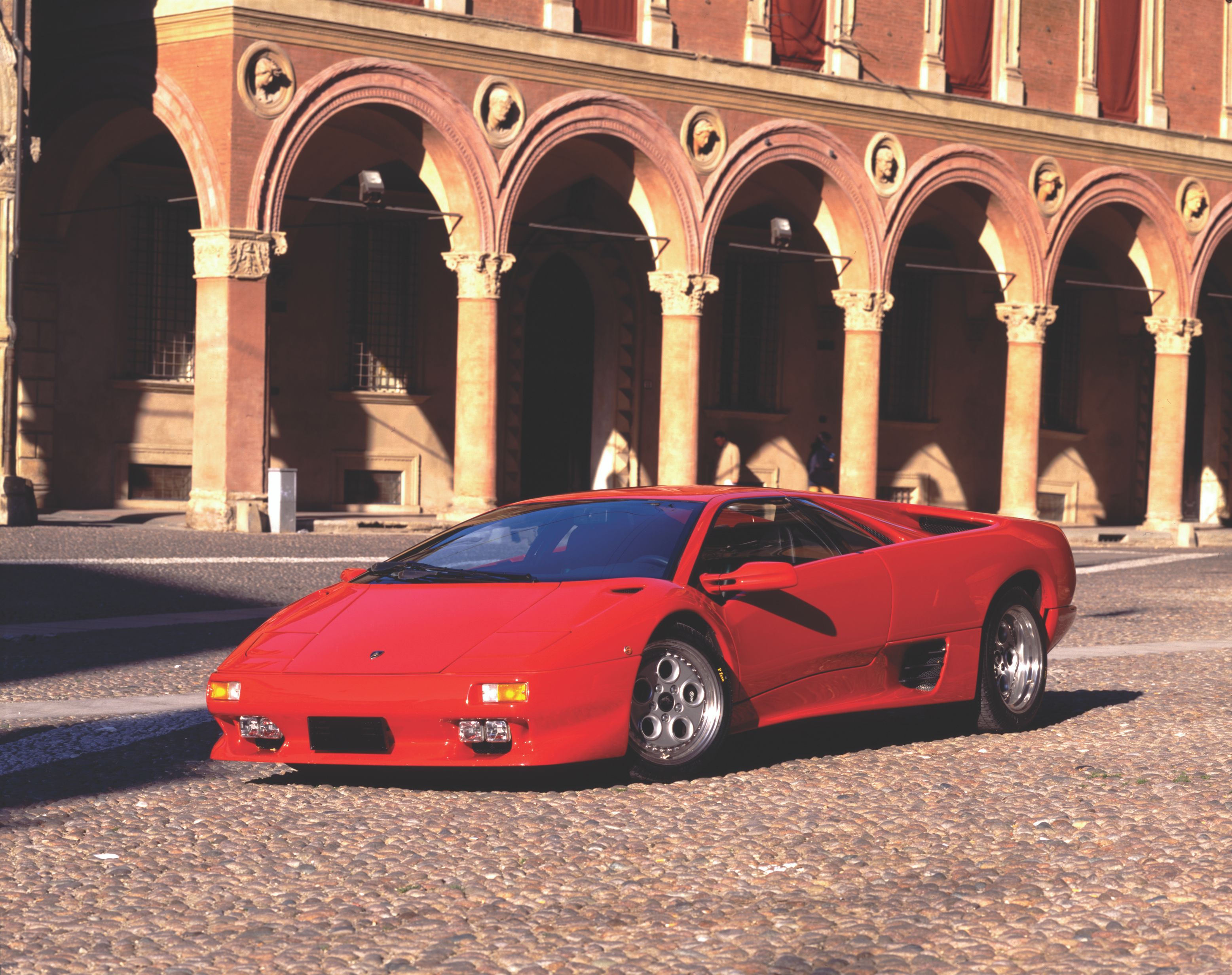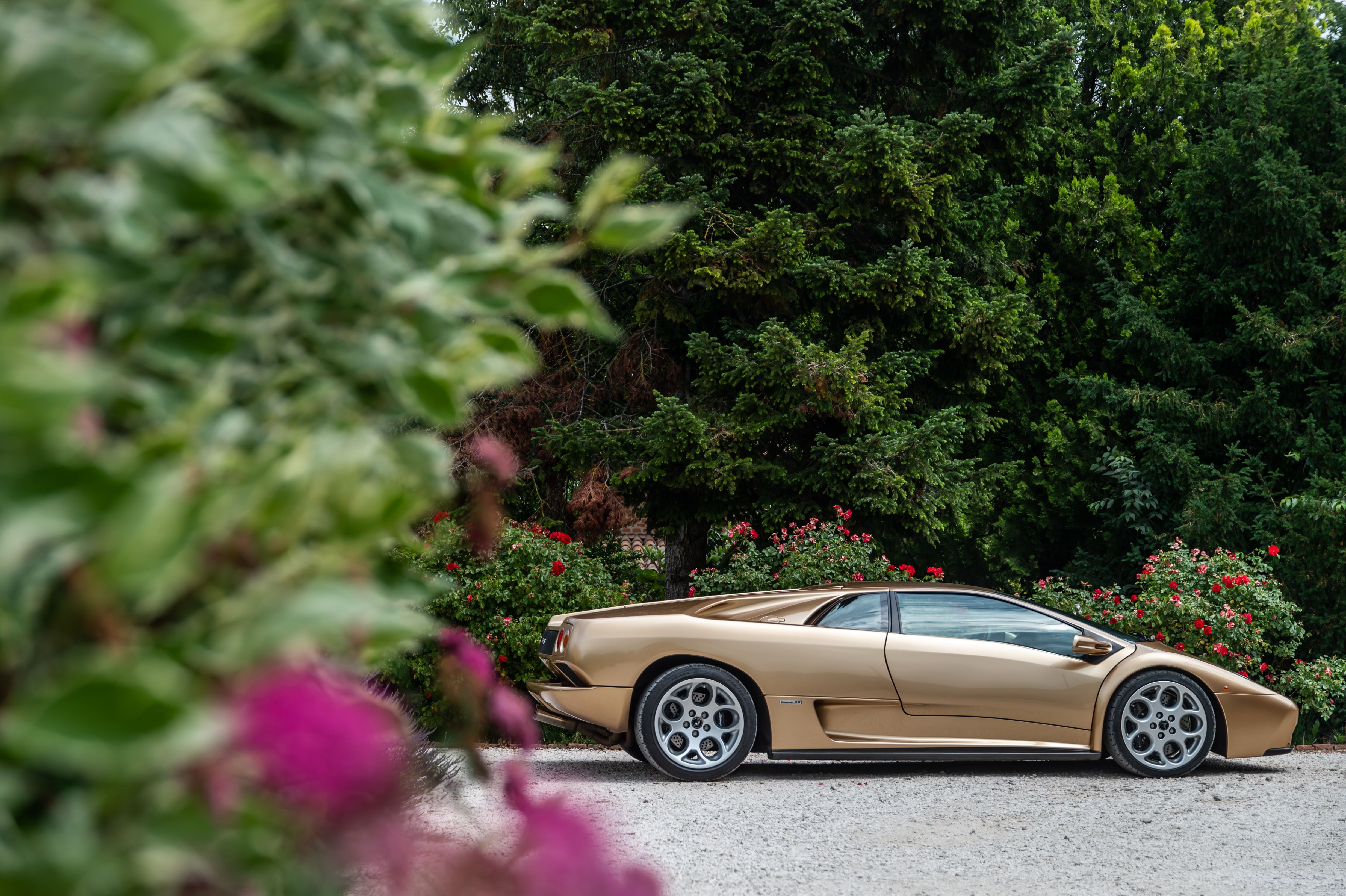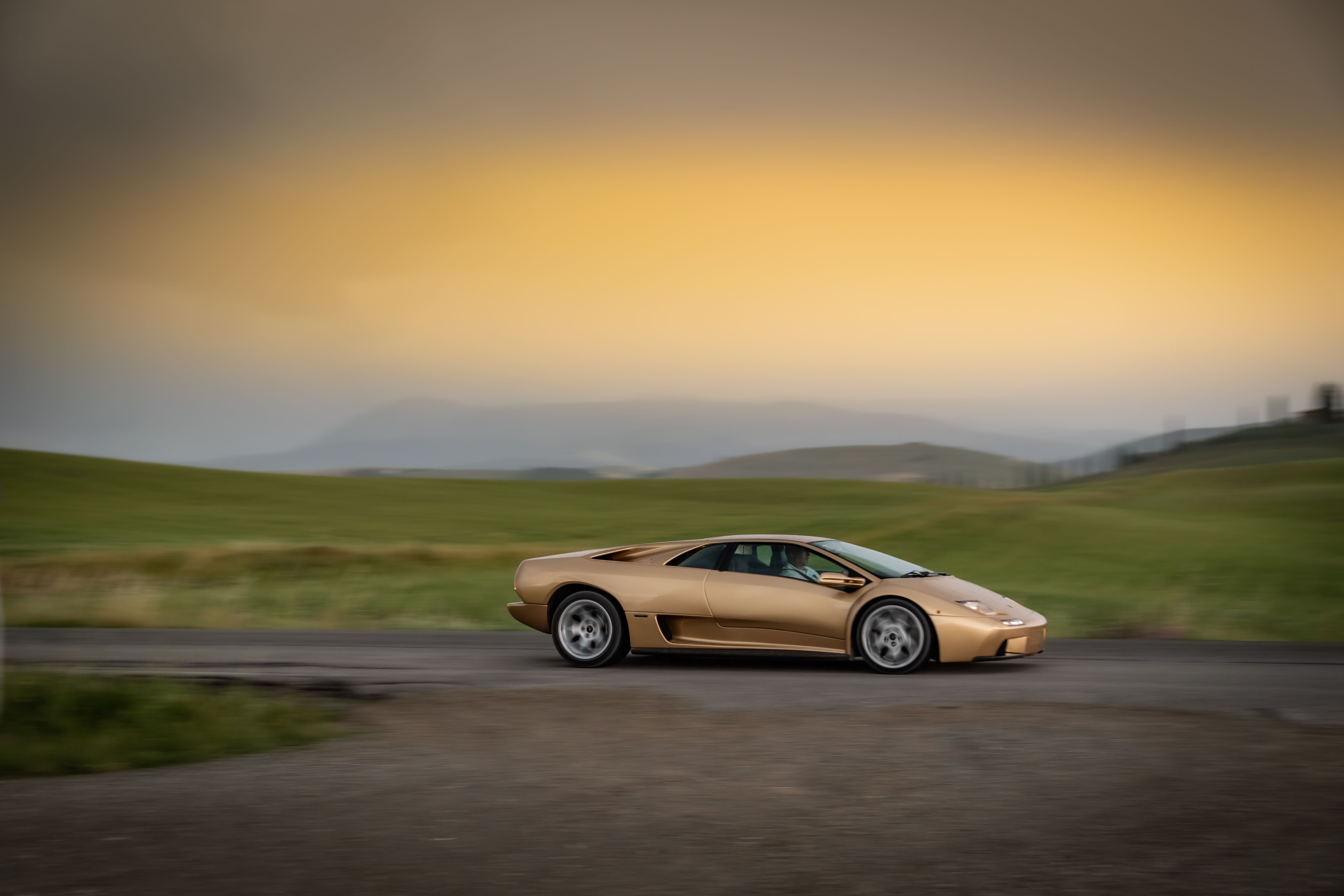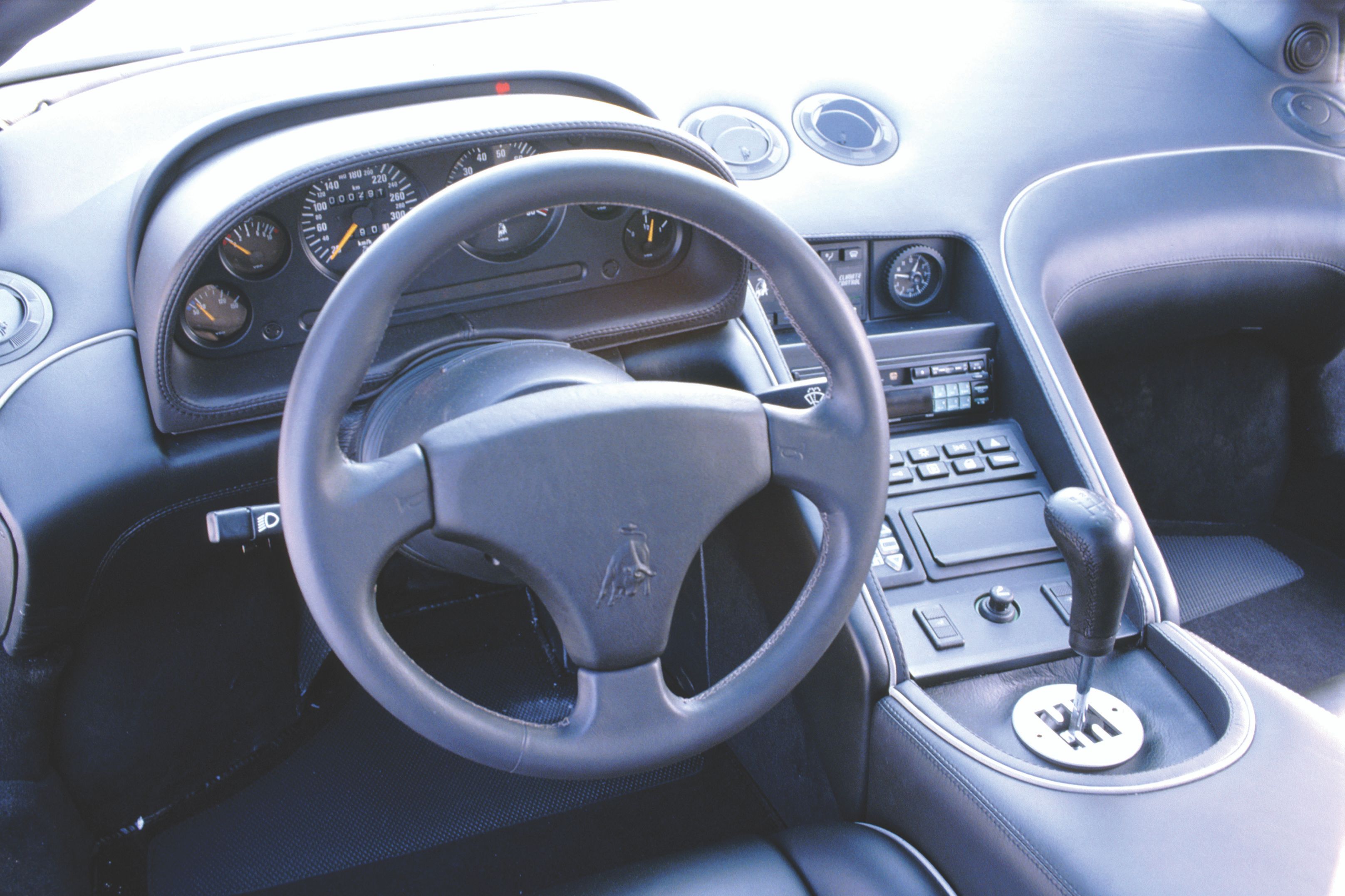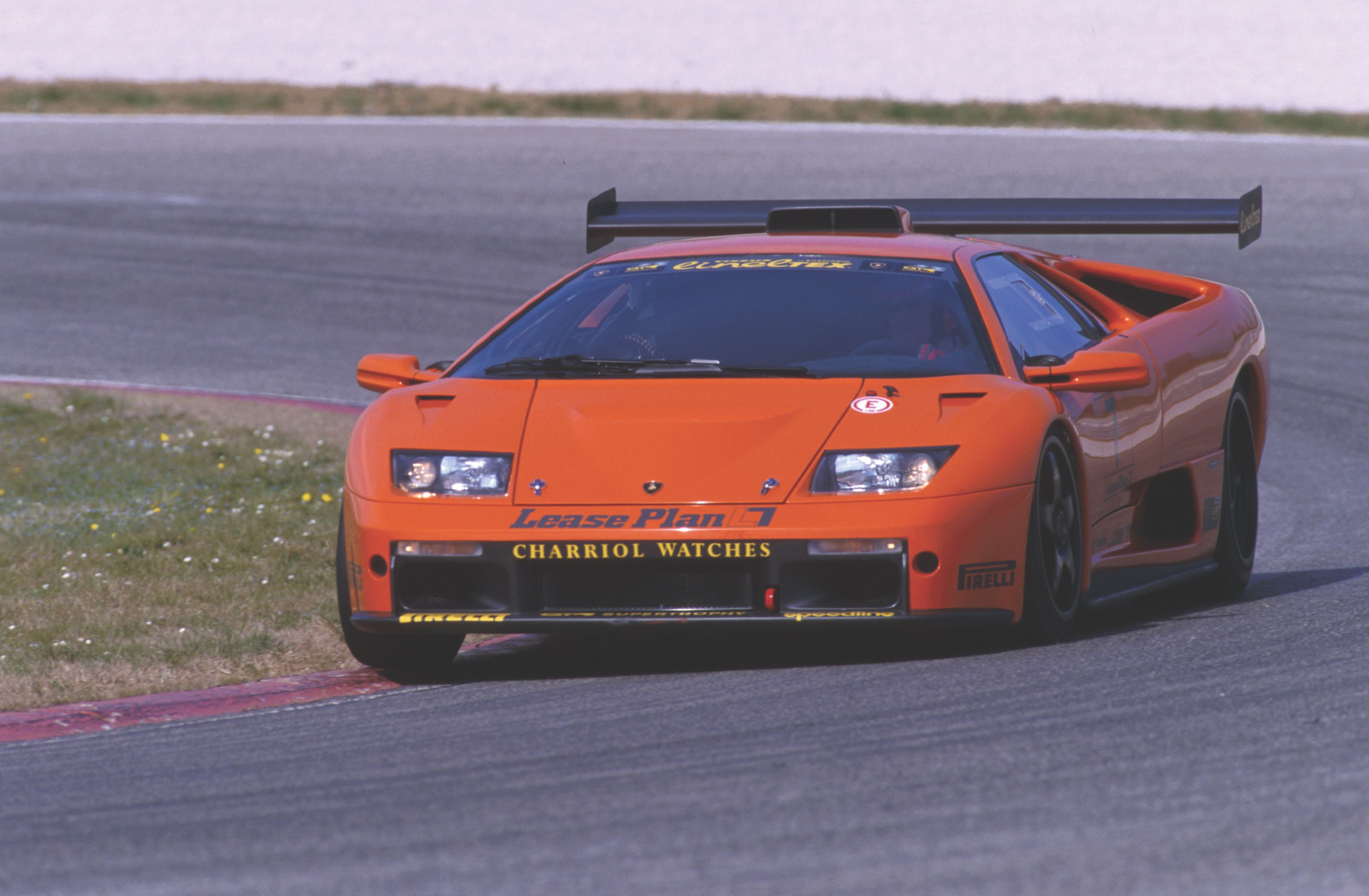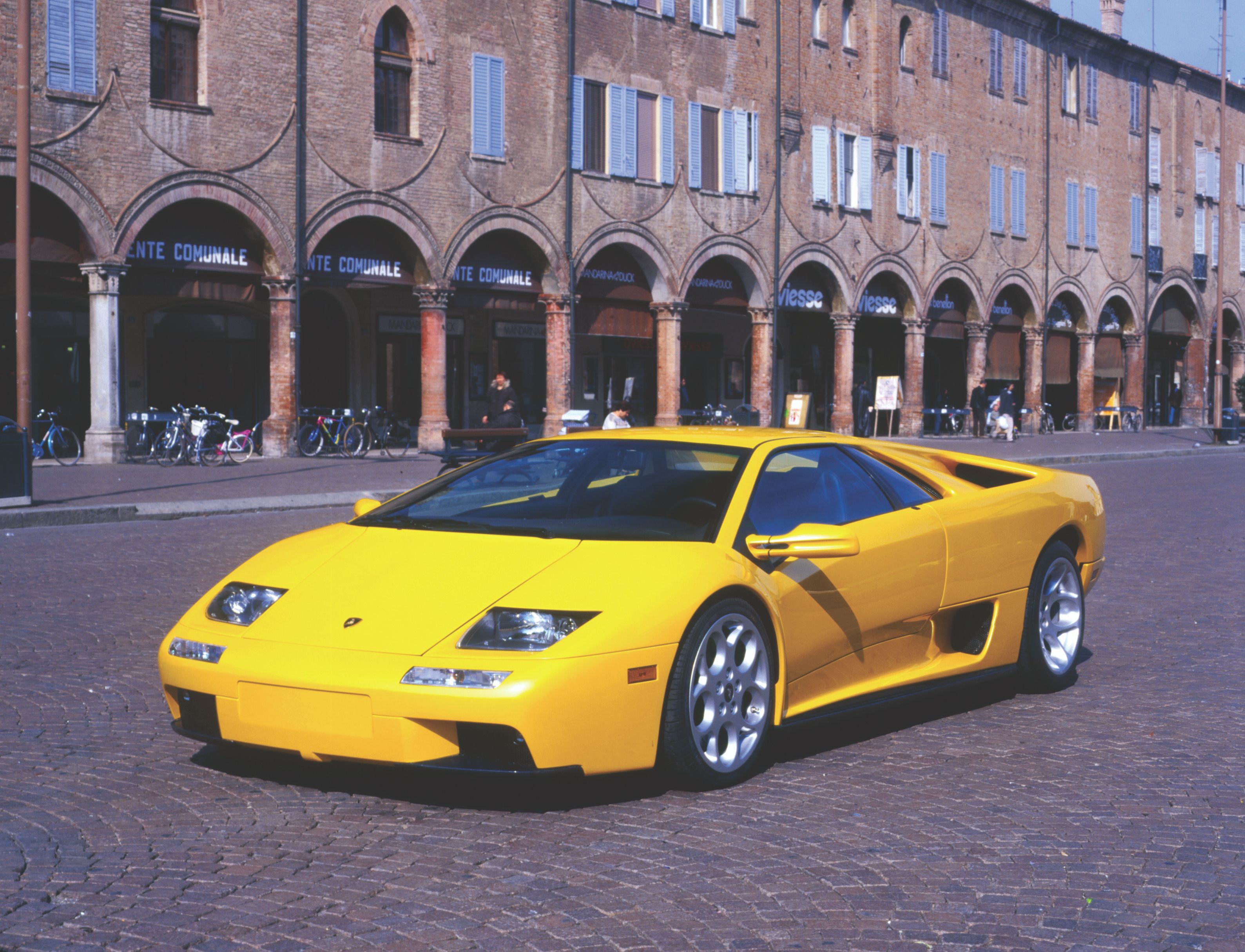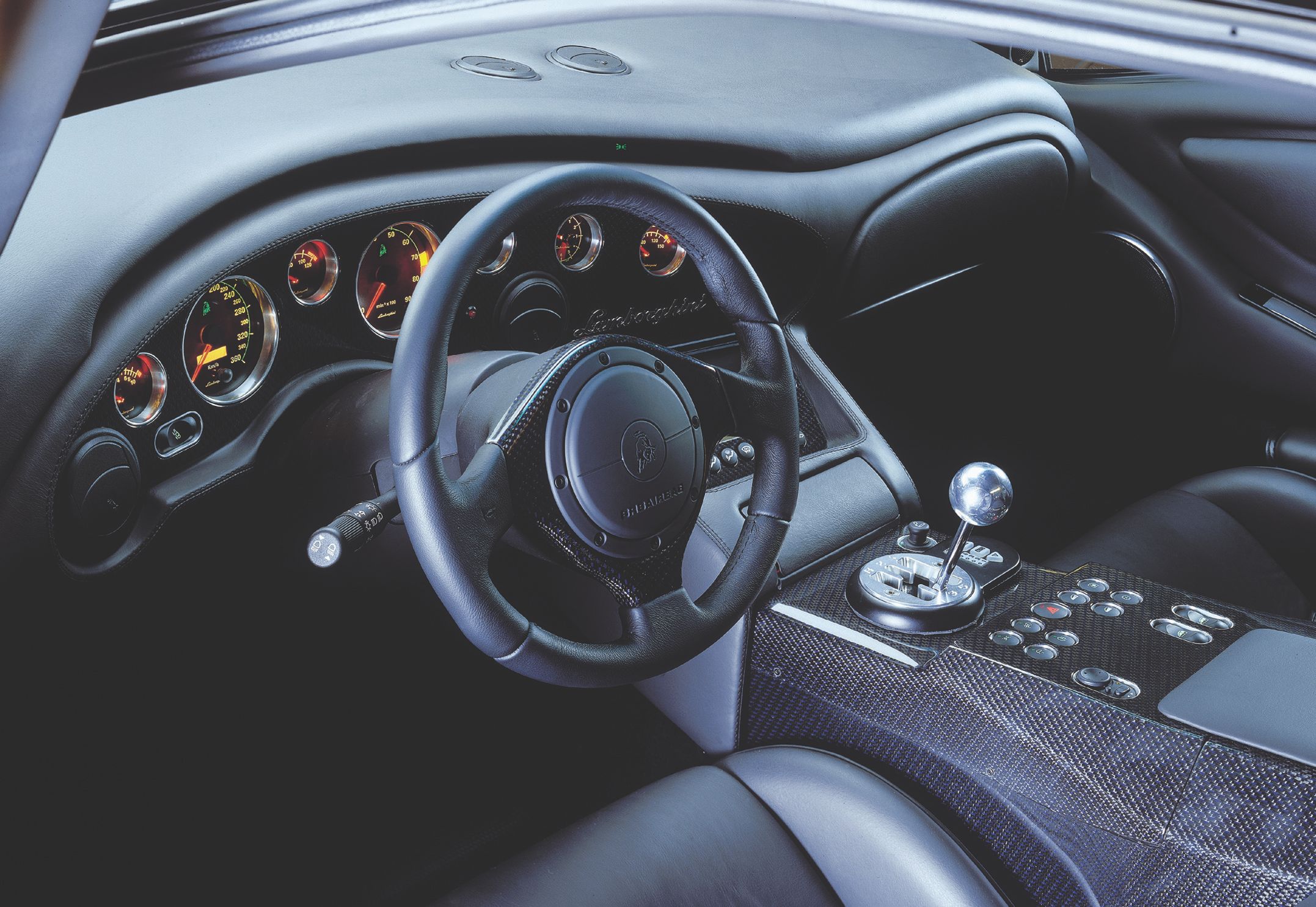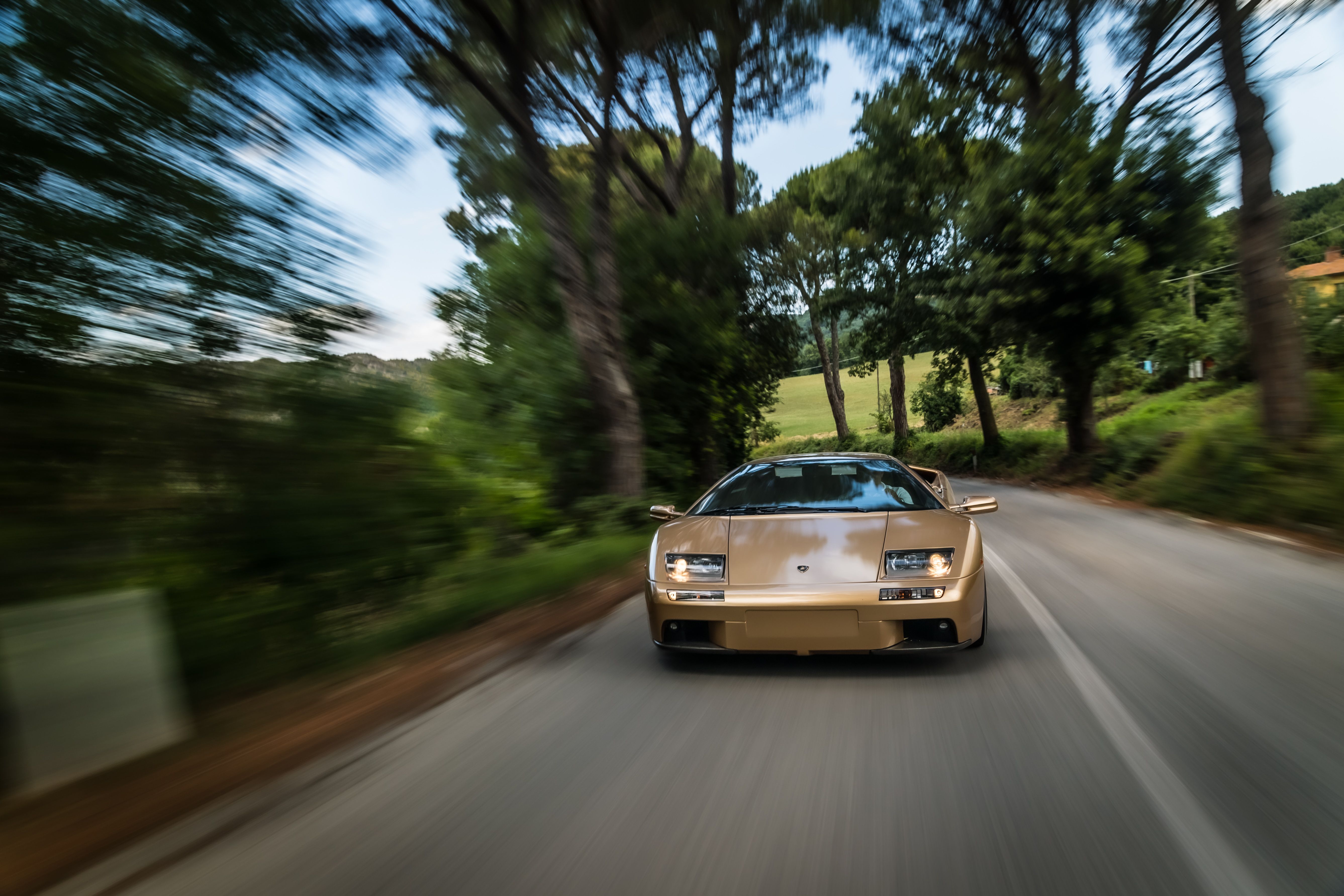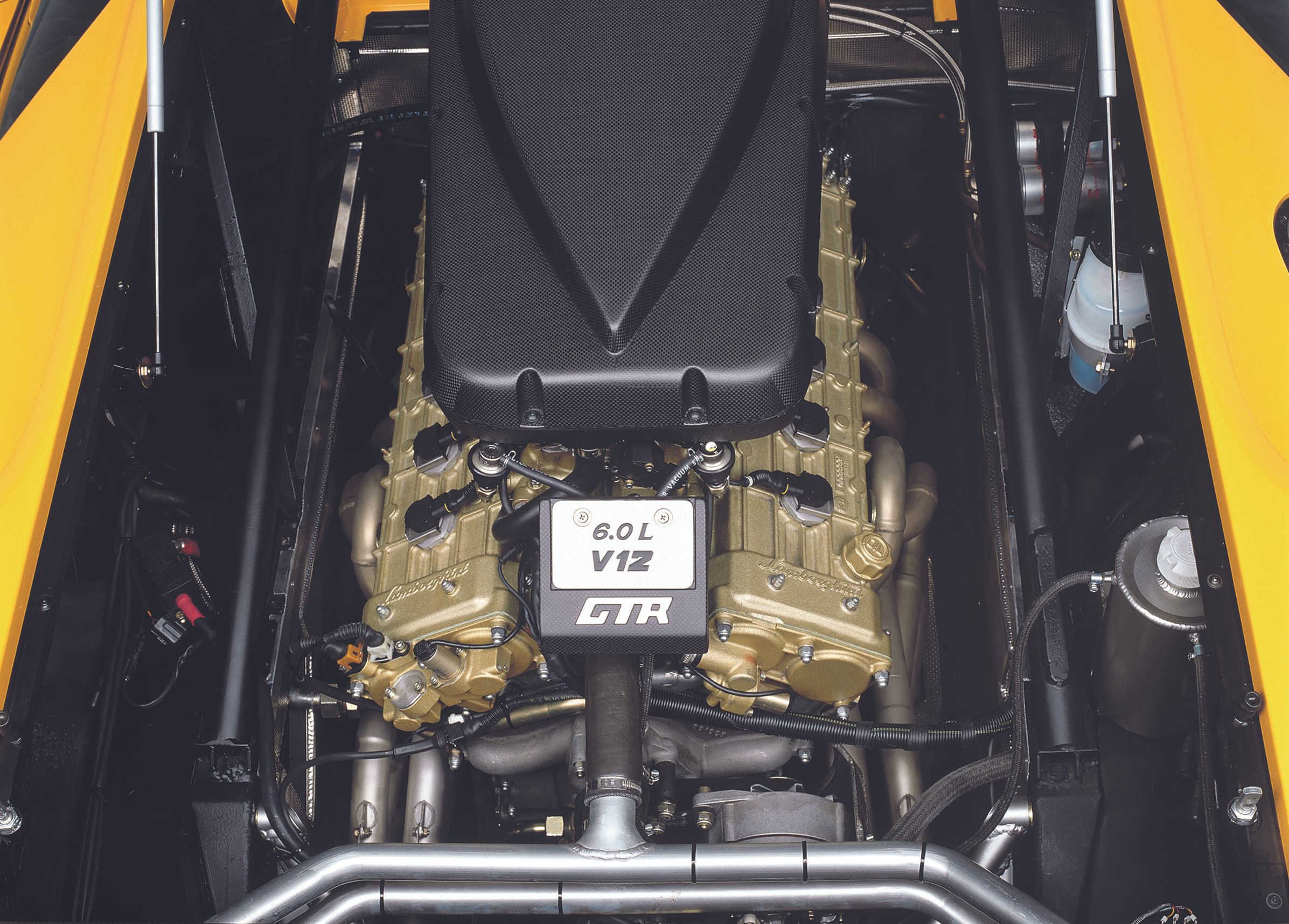Lamborghini is one of the most renowned supercar manufactures in the world. Over the years, they’ve developed a reputation for building some of the craziest supercars in the industry in terms of styling and driving dynamics. Nowadays, it’s like they’ve become tamer, under Audi’s ownership. They still make great cars, but you don’t need to have hair on your chest or a steel pair to drive them. The Lamborghini Diablo is the epitome of Lamborghini’s crazy philosophy of infusing a car with as much character as if it were a living being. Here are all Lamborghini Diablo facts you need to know.
We have Chrysler to thank for the Diablo
Despite the company producing some legendary models, it was long plagued by financial difficulties. In 1987, the company was bought by Chrysler for $25,200,000. The new owners did not waste time and quickly funded the development for a successor to the Countach. In 1990, the Diablo was born.
It has a Spanish name
Many of Lamborghini’s vehicles were named after bulls. The Diablo was not among them. “Diablo” meant “devil” in Spanish. The Lambo Diablo had such a temper that naming it after a bull wasn’t going to emphasize it enough. According to rumors, there was also a fighting bull named Diablo, so technically, the car was still named after a bull.
It’s the second-longest produced Lambo
The Lamborghini Diablo came out in 1990 and was produced until 2001. It’s the only Lambo that was produced in two centuries, with an 11-year production run. It’s second only to its predecessor, the Countach which was produced for 16 years (1974 – 1990).
It has the cylinder firing order printed on the engine
Anyone who has peeked inside a Diablo engine bay has probably noticed a bunch of numbers printed on top of the engine. That’s the firing order of the 12 cylinders. Despite there being numerous versions of the Diablo, with different versions of the same engine, the firing order remained the same. It goes like this: 1, 7, 4, 10, 2, 8, 6, 12, 3, 9, 5, 11.
It was the first Lamborghini to hit 200 mph (322 km/h)
The Diablo was by no means a slow car. In fact, it wouldn’t be called a Diablo, unless it was as fast as the devil himself. Even the very first Diablo which produced a humble by today’s standards 485 horsepower and 428 pound-feet (580 Nm) from its 5,7-liter V-12 was capable of 202 mph (325 km/h).
Power went to the rear through a five-speed manual. This made the Diablo officially the first Lamborghini to break the 200 mph (322 km/h) speed barrier. Unofficially, in 1984, a twin-turbocharged Countach Turbo S was shown at the Geneva Auto Show. Thanks to 748 horsepower and 646 pound-feet (876 Nm) it was capable of 208 mph (335 km/h). However, the two cars made were specially commissioned by the official Lamborghini distributor in Switzerland and were not part of the official lineup.
|
Engine |
5.7-liter V-12 |
|---|---|
|
Horsepower |
485 HP |
|
Torque |
428 LB-FT |
|
Top Speed |
202 mph |
The Diablo was based on the 1985 P132 concept
Even before Chrysler obtained Lamborghini, there was a concept for a Countach replacement. Project 132 was designed by Marcello Gandini and gave some idea of what a Coutnah successor would look like. Design-wise, it was somewhere in between the Countach and Diablo. Eventually, Chrysler funded the further development of the project in 1987, eventually leading to the “devil”. The P132 was a fully-functional car, capable of 196 mph (315 km/h). The design was later adopted by the Cizeta Moroder V16T.
A rally driver was involved in the development
Sandro Munari won the 1977 WRC Driver’s Championship in a Lancia Stratos HF. This alone should give you an idea of his skill and expertise with fast cars. Naturally, Lamborghini asked him to help set up the Lamborghini Diablo. Although the Diablo is by no means an easy car to drive, it’s still capable of blistering performance.
The Lamborghini Diablo Roadster
An open-top concept was unveiled at the 1992 Geneva Auto Show. The Diablo Roadster Concept showed us a potential Diablo with a removable hardtop. The car was styled as a Barchetta, meaning it had a very short visor instead of a full-on windshield. Although the car was based on the existing Diablo, there were some unique features. The chassis was strengthened to compensate for the lack of roof and bigger air vents allowed for better engine cooling. Eventually, the Diablo Roadster entered production in 1995.
Lamborghini Diablo VT
The VT-designation was reserved for the all-wheel-versions of the Diablo. The VT was first introduced in 1993 and used a modified version of the LM002 SUV four-wheel-drive system. With this, the Lamborghini Diablo VT could send up to 25 percent of the torque to the front wheels, making the “devil” slightly less violent. The four-wheel-drive Diablo had a curb weight of 3,472 pounds (1,575 kg). Once again, the five-speed manual from the two-wheel-drive Diablo was put to work. VT stands for “viscous traction”. The all-wheel-drive system worked with a viscous center differential. The all-wheel-drive could be had on the open-top model as well, in the form of the Lamborghini Diablo VT Roadster.
The VT rubbed off on the base Diablo
The VT was easier to live with, not just because of the all-wheel-drive, but because of numerous other improvements. For example, the VT introduced electronically adjustable dampers, additional air intakes in the front, for cooling the new four-piston brakes, engine refinement including bigger air vents, and power steering. Except for the all-wheel-drive, everything else the VT brought in terms of refinement transitioned onto the base Diablo.
Lamborghini Diablo SE30 / SE30 Jota
In 1993 Lamborghini wanted to celebrate its 30th anniversary. They did so with the Diablo SE30. It was essentially a lighter, more high-performance version of the rear-wheel-drive Diablo. The 5.7-liter V-12 was optimized and now produced 525 horsepower and 435 pound-feet (590 Nm). The gain in power was thanks to a tuned fuel system, less-restrictive exhaust, and magnesium intake manifolds. The Diablo SE30 boasts a top speed of 207 mph (333 km/h). Only 150 of them were produced and 15 of them were converted into the SE30 “Jota”, even though 28 Jota kits were made.
This made the Diablo SE30 a circuit racer at the cost of street-legal use. Power went up to 596 horsepower and 471 pound-feet (640 Nm). The car featured a rearview mirror delete, as the new engine lid rendered it obsolete. The “Jota” name was first introduced with the Miura.
|
Engine |
5.7-liter V-12 |
|---|---|
|
Horsepower |
525 HP |
|
Torque |
435 LB-FT |
|
Top Speed |
207 mph |
Lamborghini Diablo SV
The Diablo “Super Veloce” was introduced at the 1995 Geneva Motor Show, thus commemorating the Miura SV. It was based on the rear-wheel-drive version and used the same 5.7-liter V-12. The SV sent 517 horsepower and 428 pound-feet (580 Nm) to the rear wheels through the familiar five-speed manual. The “Super Veloce” featured some of the SE30’s exterior features, such as the engine cover, dual fog lamps, and rear fog and reverse lights. The SV also had bigger 18-inch wheels and larger 340 mm (13.4-inch) front brake discs. The car also featured a unique “SV” decal on the sides. Despite the numerous improvements over the base Diablo, the SV was actually priced slightly below it.
It was the best car in Need For Speed III Hot Pursuit
The original NFS Hot Pursuit might be the third game from the franchise, but it’s the first one that incorporated cop chases. It featured a variety of epic cars, among which Honda NSX, Porsche 911 (993) Turbo S, Ferrari 512 TR, and of course the Lamborghini Diablo SV. The latter was in fact the flagship car of the game and was even featured on the game cover. The Diablo made a few more appearances throughout the franchise.
There was an optional clock by Breguet
Apparently, it was a $10,000 option that only 50 people opted for. For a while, it was believed this was available on the 1991 model-year only, but sources indicate there were 1996 VT Roadsters with this option as well. There is little information about the piece and not even Lamborghini’s Diablo gallery has images of it.
Gandini’s design for a Diablo successor was rejected
After working on cars like the Miura and Countach, Gandini was tasked with designing the Diablo successor. The result of his work was the 1996 Lamborghini Acosta. It was heavily based on the Diablo and featured a narrow headlight design and bigger air extractors in the back. Eventually, the design was considered too aggressive and was rejected. The prototype never received a drivetrain and is now displayed in the Lamborghini museum In Sant’Agata.
The Diablo received a facelift in 1998
By 1998 Audi had acquired Lamborghini and commissioned a successor to the Diablo. In the meantime, however, they still wanted the Diablo to keep going, so they refreshed it. The lineup was simplified and the new 1999 Diablo SV became the base model. It still used the 5.7-liter V-12, but it now developed 536 horsepower and 446 pound-feet (605 Nm). This allowed the facelifted SV to do the 0 to 60 mph (97 km/h) sprint in 3.6 seconds, despite being rear-wheel-drive only. It also had a top speed of 204 mph (329 km/h).
The Lamborghini Diablo facelift featured Nissan headlights and a new interior
Whilst the earlier Diablo had pop-up headlights, that wasn’t the case for the revised version. When Audi acquired the Italian car manufacturer they pushed for a Diablo successor. Because of this, some corners were cut when refreshing what some consider “the last true Lambo”. If the headlights look familiar, that’s because they were licensed from Nissan. They originally belonged to the Nissan 300ZX (Z32). In fact, the carbon eyelids on top of the headlights are there to hide the Nissan logos. For the year 2000, the Diablo received a new fascia with bigger side vents, as well as new larger wheels. The interior was thoroughly revised, featuring a much sleeker dashboard design. It was once again double-stacked, but this time there was a thin strip on top dedicated to all the warning lights.
The Diablo got ABS in 1999
The Diablo prides itself on being one of the most analog supercars out there. Although there are other cars that did not have ABS, the Diablo was notoriously difficult to drive and did not tolerate stupidity. Some would say that this makes it a proper driver’s car, but while I too romanticize about a purely mechanical driving experience, the fact of the matter is not everyone can handle “a proper driver’s car”. That last part was a good argument in favor of making the Diablo all-wheel-drive and even more so for the addition of ABS. Let’s not forget that most rich people do not possess the brake modulation technique of a racing driver.
In 2000, the Diablo got a bigger engine
In 2000, the engine also received substantial changes. The Sant’Agata V-12 unit now developed 549 horsepower at 7,100 RPM and 457 pound-feet (620 Nm) at 5,500 RPM. At 3,580 pounds (1.624 kg), the latest Diablo had a bit of extra weight, but it still managed to hit 60 mph in 3.4 seconds on its way to 205 mph (330 km/h). The larger 6.0-liter V-12 retained the same firing order as the original 5.7-liter version.
The Lamborghini Diablo GT was the most powerful road-legal Diablo ever made
The Diablo GT was a track-focused version of the Diablo, following the formula of the SE30 Jota. Only 80 units were made. It featured a more aggressive exterior featuring carbon-fiber and additional vents for cooling the brakes and engine. The interior was stripped and featured a good amount of carbon-fiber, as well as race bucket seats with four-point harnesses. It also featured a smaller steering wheel, an Alpine LCD screen for GPS navigation, and a back-up camera. Interestingly enough, the air-conditioner was not removed. Airbags were optional. The 6.0-liter 48-valve V-12 now made 575 horsepower and 465 pound-feet (630 Nm). The car could hit 60 mph in around 3.8 seconds on its way to 210 mph (338 km/h).

